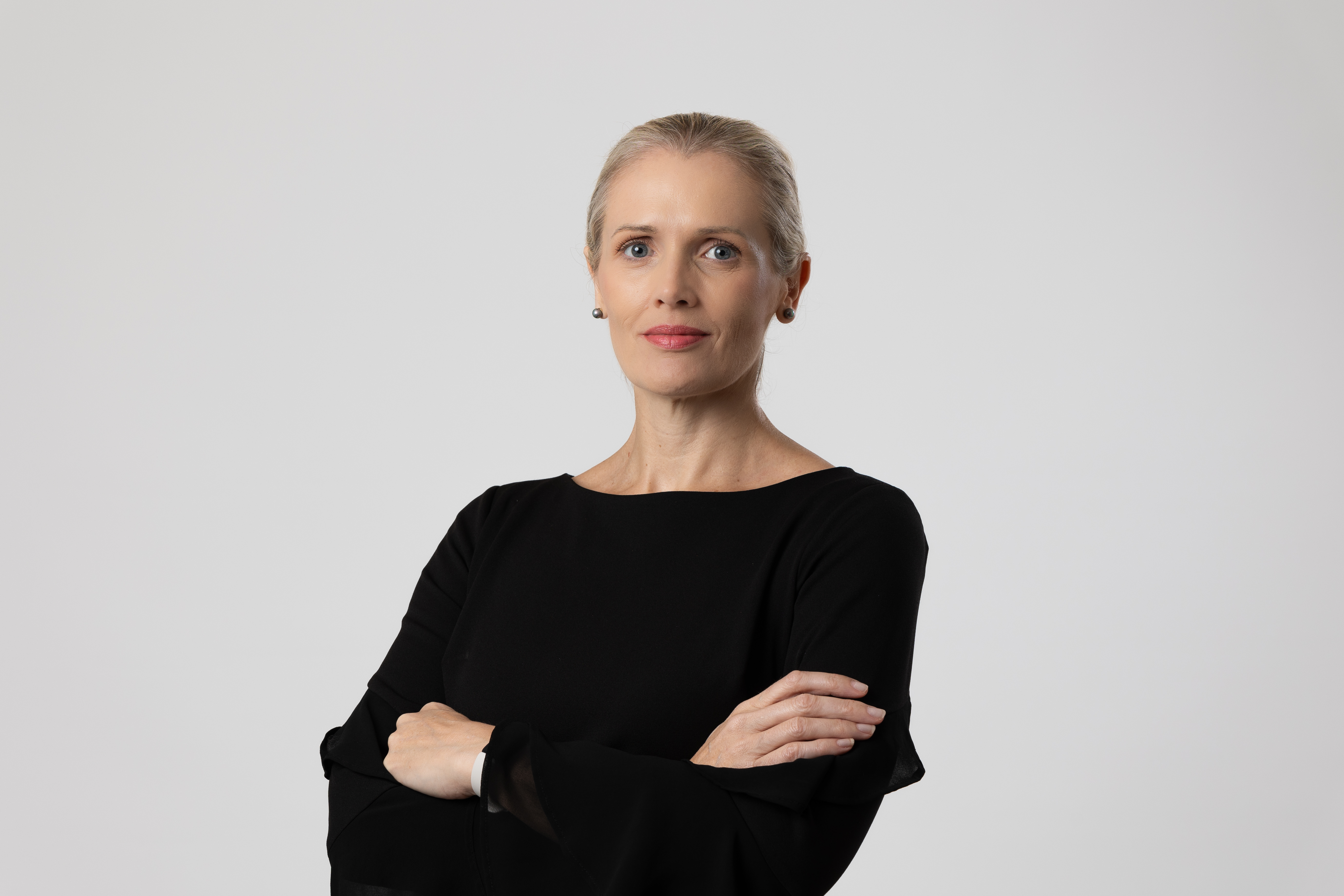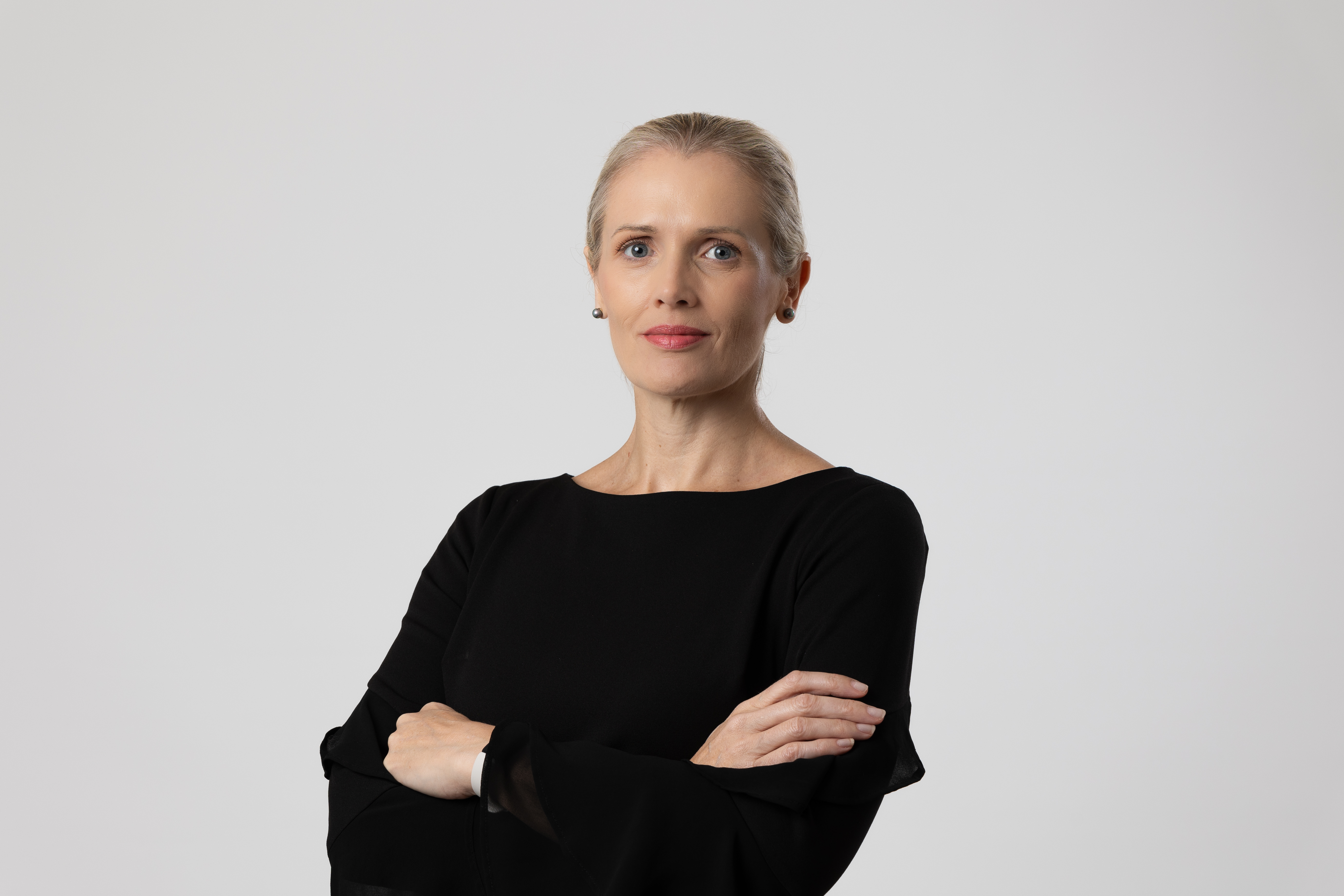
Jennifer Fox
Partner | Legal
Cayman Islands

Jennifer Fox
Partner
Cayman Islands
A plaintiff's ability to trace money that has been misappropriated in breach of fiduciary duty has been strengthened by the recent decision of the Cayman Island's Court of Appeal (CICA) in AHAB v SAAD. [1]
Peter is a director of Puff the Magic Dragon Limited (Puff). In breach of fiduciary duty, Peter causes Puff to transfer US$100 into a bank account in the name of Paul and, the next day, Paul transfers the same US$100 into an account in the name of Mary. Puff is able (subject to any available defences) to trace the US$100 into Mary's account and enforce a proprietary claim if the money is still there. If, whilst the US$100 is in Paul's account, a further US$100 from another source is paid into Paul's account and US$100 is then transferred into Mary's account, Puff will be able to trace a proportionate part of the money into Mary's account, namely US$50. [2] In both these examples, "the property to be traced can be identified at every stage of its journey through life," which, "is a fundamental feature of the doctrine of tracing." [3]
But what happens if Puff is unable to show that the US$100 that had been transferred from Paul's account to Mary's was the same US$100 that had been transferred from Puff's account to Paul's? In other words, what happens if the trail is lost once the money is paid to Paul? In these circumstances, it might still be possible for Puff to trace its US$100 into Mary's account if it could identify something from which it could be inferred that the US$100 in Mary's account was the same US$100 that had been paid into Paul's account. This might be the closeness of the figures or the fact that Paul was not known to have any other source of money. [4] Other factors might be the closeness in time between the payments and the fact, if it could be established, that Peter had authorised the payment to Mary. [5]
It is important to note that tracing is not a claim or a remedy but a matter of evidence. [6] While the initial burden will be on Puff to adduce sufficient evidence to make out a prima facie case, if it can do so the evidential burden will then shift to Mary to displace the conclusion which would otherwise naturally follow. [7] The fewer the number of transactions, and the shorter the period of time between them, the more likely it is that the Court will be prepared to draw the necessary inferences, and this is especially so if there is no countervailing evidence, for example, that Mary was accustomed to receiving money from other sources.
The simpler the case, the easier it will be to persuade the Court to draw the necessary inferences. In the English Court of Appeal decisions in El Ajou v Dollar Holdings plc and Relfo Limited (in liquidation) v Varsani, the Court was concerned with two payments. In El Ajou v Dollar Holdings plc, the payments had been made within a few weeks of each other; and in Relfo, they had been made on the same day. In Federal Republic of Brazil v Durant International Corporation, the Jersey Court of Appeal was concerned with 13 payments which had been made within a matter of days after the original fraud.
The Court's ability to draw the necessary inferences in a more complicated case was put to the test in AHAB v SAAD. [8] That case was concerned "with thousands of payments over a period of many years between the Money Exchange and STCC and between STCC and other companies in the Saad Group," and neither the Chief Justice, at first instance, nor the CICA felt able to draw the necessary inferences.
Explaining its reasons, the CICA said: "If STCC had had no source of funds other than money misappropriated from the Money Exchange, it might well have been appropriate for the Chief Justice to infer that the monies paid out of STCC to other companies in the Saad Group represented the proceeds of those misappropriations." But that was not the position. STCC had other sources of funds, including loans from third party banks, borrowings, assets and trading revenues. In those circumstances, the CICA held that the Chief Justice had been entitled not to draw the inference that STCC's money had come from the Money Exchange. "The monies might have originated from the Money Exchange, but they could equally have originated from the other sources which … were available to STCC." [9]
How then might Puff be able to trace its money into Mary's hands if Peter had been misappropriating its money for years but Mary had had a number of other sources of funding? The answer may lie in the "maelstrom" argument by which the burden of proof may be reversed if it can be shown that the defaulting fiduciary mixed the funds held on trust with his own funds, "such that the onus should be on the fiduciary to establish that part, and what part, of the mixed fund is his property." This principle was first considered by the English Court of Appeal in Sinclair Investments (UK) Limited v Versailles Trade Finance Limited (in administrative receivership). [10]
At first instance in AHAB v SAAD, the Chief Justice held that the maelstrom, or "cross-firing", argument was limited to cases in which the maelstrom had been created for the purposes of defeating attempts to trace the relevant funds and that it only applied to the defaulting trustee himself. However, the CICA took a different view.
As to the first point, the CICA said that there was no suggestion in Sinclair [11] "that the fact that the purpose was to assist the fraud rather than obstruct tracing meant that the burden of proof should not be reversed." [12] After referring to a statement of Lord Toulson in the Privy Council in Durant that, [13]
"38. The development of increasingly sophisticated and elaborate methods of money laundering, often involving a web of credits and debits between intermediaries, makes it particularly important that a court should not allow a camouflage of interconnected transactions to obscure its vision of their true overall purpose and effect…,"
the CICA said, [14]
"In our judgment, the intention to assist in the commission of the frauds on the banks and the effect of making tracing impossible are two sides of the same coin. It would be wrong to disallow tracing of the proceeds of fraud simply because the fraudster has created a maelstrom and effected cross-firing to assist in his fraud which has the inevitable effect of subsequently defeating attempts to trace. It will, in any event, be impossible in many cases to determine the exact intention behind the fraudster’s creation of a maelstrom and cross-firing."
As to the second point, the CICA held that the maelstrom or cross-firing principle was not limited to cases in which the defaulting trustee or fiduciary had mixed trust money with his own money but extended to cases in which the mixing had taken place in a company that he owned or controlled. [15] Further, the CICA said that it should not make any difference that the company's own funds constituted monies borrowed from third party banks. [16] As for monies that had been paid out of the company, the CICA said that the burden of showing that the monies were not the traceable proceeds of trust property lies on the recipient, at least if the recipient has notice of the breach of trust. [17]
In AHAB v SAAD, the CICA said that its approach,
"… accords with the need to combat modern methods of fraud and money laundering. It will not be at all rare for a fraudster to pay the proceeds of his fraud into a company which he owns and controls and for that money then to be passed into a number of other piggy bank companies which he owns and controls, perhaps with many payments back and forth by way of cross-firing. If, because of the level of cross-firing and the absence of financial records, a maelstrom is created by the fraudster such that it is impossible to trace payments into those companies in the conventional manner, it does not seem unreasonable for the burden to rest upon the fraudster’s companies to prove that particular payments to them were not the traceable proceeds of the fraud." [18]
The CICA's approach depended on Mr Al Sanea's knowledge being attributed to the successor companies. [19] If it could be, none of them would be a bona fide purchase for value without notice (so as to interrupt the tracing) because they would have had notice of Mr Al Sanea's wrongdoing. [20]
The recognition that the "maelstrom" argument is part of the Cayman Islands law of tracing and the acceptance by the CICA in AHAB v SAAD that it is not limited to cases in which (1) the maelstrom was created for the purposes of defeating attempts to trace and (2) the property remained in the hands of the defaulting trustee is to be welcomed. We consider it will likely strengthen a plaintiff's ability to trace their property in the Cayman Islands when it has been misappropriated by a wrongdoer.
[1] AHAB v SAAD, CICA Civil Appeal No: 15 of 2018 (21 December 2021).
[2] See the example in the judgment of the CICA in AHAB v SAAD at paragraph [871].
[3] Borden (UK) Limited v Scottish Timber Products Limited [1981] Ch. 46, per Buckley LJ.
[4] See El Ajou v Dollar Holdings plc [1993] 3 All ER 717, referred to in AHAB v SAAD at paragraphs [882] to [884].
[5] Relfo Limited (in liquidation) v Varsani [2015] 1 BCLC 14; [2014] EWHC Civ 360, referred to by the CICA in AHAB v SAAD at paragraphs [885] to [889].
[6] Foskett v McKeown [2001] 1 AC 102 at paragraphs [206] to [207], per Lord Millett.
[7] See the decision of the Jersey Court of Appeal in Federal Republic of Brazil v Durant International Corporation 2012 (2) JLR 356, referred to in AHAB v SAAD at paragraphs [890] to [895].
[8] [2013 (1) CILR 202] and CICA Civil Appeal No: 15 of 2018 (21 December 2021).
[9] AHAB v SAAD at paragraph [900].
[10] [2012] Ch. 453 at paragraph [138], referred to in AHAB v SAAD in paragraph [901] to [907]; and Durant at paragraphs [208] and [210] to [211], referred to in AHAB v SAAD in paragraphs [908] and [909].
[11] [2012] Ch. 453.
[12] AHAB v SAAD at paragraph [921].
[13] [2016] AC 297.
[14] In paragraph [914].
[15] Paragraph [921].
[16] Paragraph [922].
[17] Paragraph [924].
[18] Paragraph [925].
[19] Paragraph [926].
[20] Paragraph [932].
Ogier is a professional services firm with the knowledge and expertise to handle the most demanding and complex transactions and provide expert, efficient and cost-effective services to all our clients. We regularly win awards for the quality of our client service, our work and our people.
This client briefing has been prepared for clients and professional associates of Ogier. The information and expressions of opinion which it contains are not intended to be a comprehensive study or to provide legal advice and should not be treated as a substitute for specific advice concerning individual situations.
Regulatory information can be found under Legal Notice
Sign up to receive updates and newsletters from us.
Sign up